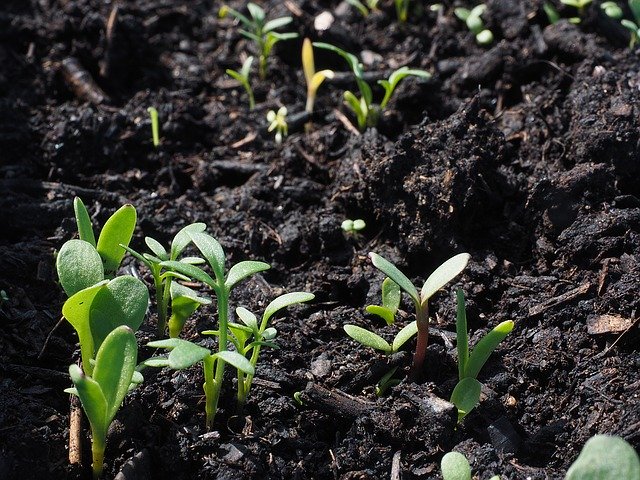See-through soil revealing the hidden half of plant life
A team at the James Hutton Institute, a Scottish centre for crop research, has captured the corkscrew motion of roots growing through soil. This advance in our understanding of plant growth is possible thanks to a new imaging technology: transparent soil.
Dr. Adalvan Martins led the work in the research group of Dr. Lionel Dupuy. Their findings have implications for crop breeding and our understanding of soil mechanics. They represent a promising glimpse at the future of plant research.
Until now, these studies have been limited to aboveground structures. Martins’ work opens a new avenue for analysing plant movement beneath the soil
Fans of the BBC’s “The Private Life of Plants” will be familiar with how leaves and stems move through days and seasons. Plants move to avoid threats and access new resources. Movement can be used to understand the internal clocks controlling plant activity. This activity has been linked to growth and disease resistance. Until now, these studies have been limited to aboveground structures. Martins’ work opens a new avenue for analysing plant movement beneath the soil.
Roots are responsible for anchoring plants in the ground. They absorb water and nutrients. They even hold soil together, reducing erosion. Despite this, they have long represented the hidden half of plant life. “Imagine all the high-tech imaging techniques in labs around the world,” stated group leader Lionel Dupuy, “before now, none of them could be applied to roots because soil is not optically clear.”
Recent years have seen massive strides in root monitoring techniques. The large-scale imaging of living root systems has been achieved using X-rays, radioactive isotopes and even MRI. These techniques lack the resolution necessary to capture small-scale movements. Minute changes in rate and direction of growth occur as plants expand their root systems. These movements are responsible for the shape of root architecture. They may even impact the ability of bacteria to colonise plants. Dupuy’s group has shown that transparent soil can be used to capture this microscopic movement.
Roots were observed following the path of least resistance.
Transparent soil is an emerging field of research which mimics the particle size and chemical conditions of soil using a transparent substance. Dupuy’s group uses Nafion, a synthetic polymer with a similar refractive index to water. The properties of this compound allow light to pass through it without being distorted. This allows clear, high-resolution images of roots to be taken. Previously, images like this would have required uprooting and killing the plant. “With transparent soil,” Dupuy told The Boar, “roots can be grown from seed to maturity with images taken throughout their life.”
Martins observed what occurred when a growing root ran into soil particles. Roots were observed following the path of least resistance. They twisted and turned their way through the soil rather than forcing their way past obstacles. This dynamic movement has never been observed before.
Understanding how plants allocate energy during growth is a key component of crop development. The authors suggest that the insights they have gained could be used to help develop drought-resistant crops. When asked to comment on the applications of this research Dupuy stated “Fertiliser companies could use transparent soil to study how roots access nutrients. They could use this information to develop targeted fertilisers for crops.”
Members of Dupuy’s lab are currently turning their attention to the study of plant-microbe interactions. “Infection by plant pathogens often occurs below ground first. It is only when it’s too late that we start to see symptoms on the surface” stated Dupuy. The group is observing how bacteria first interact with living plant roots beneath the soil. They hope to use these observations to develop new management strategies for disease.
Extreme weather events and emerging pathogens are predicted to threaten crops around the world in the near future. Understanding plant’s hidden halves is more important than ever. Work with transparent soil is in its infancy. It has early indications of becoming a powerful tool for research. “What matters now,” argues Dupuy, “is making this technology widely accessible and more affordable.”

Comments